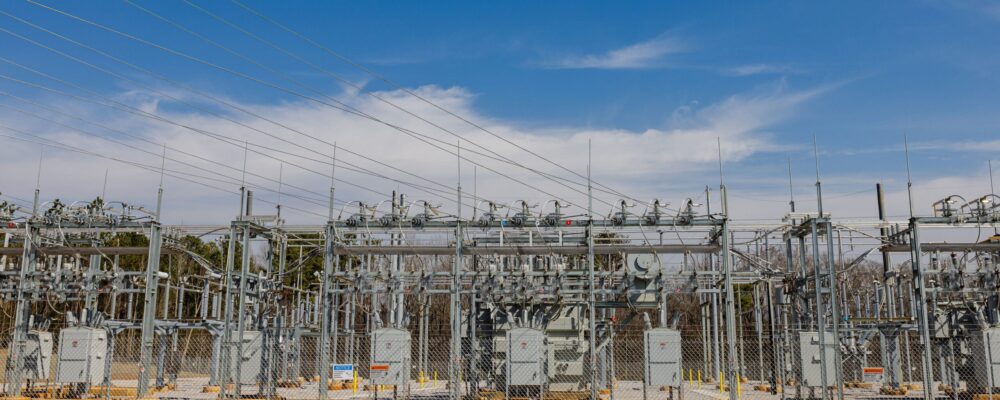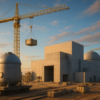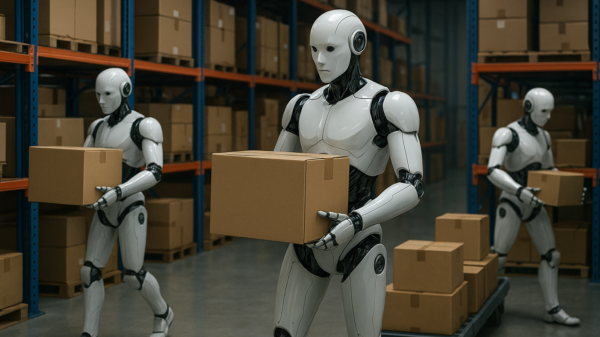Las Vegas-based bitcoin miner, CleanSpark Inc (NASDAQ: CLSK) secured a 100-megawatt site in Cheyenne, Wyoming, beating out Microsoft Corp (NASDAQ: MSFT) for the contract.
The company announced on Tuesday that it was planning to build AI-focused data centers alongside its existing crypto-mining operations. Chief Executive Officer Matt Schultz emphasized how bitcoin miners could become major players in the booming AI infrastructure market.
The victory, Schultz said, came down to speed. CleanSpark can develop a large-scale bitcoin mining site in about six months, while a traditional AI data center can take up to six years to complete. He admitted the decision wasn’t about balance sheets but about agility and execution.
The move marks a return to CleanSpark’s roots. Before shifting into bitcoin mining five years ago, the company operated as an energy firm. Schultz noted the business has integrated its energy expertise into a dual-track strategy that merges bitcoin mining with high-performance computing.
CleanSpark currently operates roughly 1.03 gigawatts of energized capacity and has another 1.7 gigawatts in development. The company aims to use its mining operations to rapidly scale infrastructure, which Schultz referred to as “monetizing megawatts.” Once sites are established, CleanSpark plans to identify locations that can be converted into AI-focused data centers. Atlanta is one such target, with Schultz calling it the second-biggest AI hotspot on the East Coast after Northern Virginia.
He explained that bitcoin miners have a unique advantage in the data center race. They can deploy facilities faster than traditional tech companies but face access to power constraints.
Read more: Canada set to introduce stablecoin framework soon
Read more: Changpeng Zhao receives Trump pardon sparking regulatory controversy
CleanSpark partners with global data center design firm
Competition for electricity has become fierce as data demand surges. CleanSpark’s model, which integrates mining, land, and energy assets, could help the firm move faster than hyperscale cloud providers.
On Tuesday, CleanSpark announced a new partnership with Submer, a global data center design and construction firm. The two companies will collaborate to develop AI-focused campuses across North America. CleanSpark will contribute its energy and land portfolio, while Submer will provide liquid-cooled, high-density computing systems. Schultz said the partnership positions CleanSpark to deliver AI capacity at gigawatt scale, faster and more efficiently than conventional operators.
The timing of this pivot aligns with growing global demand for AI infrastructure. Tech giants such as Amazon (NASDAQ: AMZN), Alphabet’s Google (NASDAQ: GOOGL), and Microsoft are investing billions into new data centers. They are also signing long-term power purchase agreements, including nuclear energy deals, to sustain AI growth. However, many of these projects face grid connection delays that can stretch for years.
Schultz pointed out that bitcoin miners already control the assets that hyperscalers need most—land, substations, and direct access to power.
“AI firms are spending the majority of their cash on new capacity,” Schultz said, adding that miners like CleanSpark can leverage existing infrastructure to deliver power-hungry AI computing more efficiently.
Shares of CleanSpark have climbed more than 100 per cent this year as investors responded positively to the company’s diversification strategy. The pivot also helps offset declining crypto mining margins following April’s bitcoin halving, which cut block rewards in half.
Read more: HIVE scales Bitcoin mining and AI infrastructure in Paraguay
Read more: Stocks and crypto climb on China trade optimism
Flexibility gives CleanSpark an operational advantage
According to the U.S. Energy Information Administration, total national electricity consumption hit a record high in 2024, and data centers are expected to push that figure higher. Many analysts warn that AI’s rapid expansion could outpace the current power grid’s capacity. Nevertheless, Schultz believes CleanSpark’s hybrid model balances opportunity and sustainability.
The company’s mining facilities can power down during peak grid stress and redirect energy to local utilities. Furthermore, AI data centers cannot easily do this. Schultz also said this flexibility gives CleanSpark an operational advantage while supporting grid stability.
He quoted an incident in Georgia as a real-world example. When Hurricane Helene damaged a nearby substation, CleanSpark temporarily shut down its mining rigs, freeing power for emergency use. Electricity was restored to a local hospital within an hour.
This adaptability makes CleanSpark’s operations particularly attractive to utility providers. AI data centers, in contrast, require continuous uptime, often guaranteed at 99.99999 per cent. Schultz said combining bitcoin mining and AI computing models creates a load structure utilities need to maintain balance.
In the third quarter of fiscal 2025, CleanSpark generated about USD$198.6 million dollars in revenue, an increase of nearly 91 per cent year over year. The company also holds 12,703 bitcoin in its corporate treasury, underscoring its ongoing commitment to digital assets.
Schultz also insisted that bitcoin mining remains central to the company’s operations. He described it as a foundation that enables CleanSpark to expand into high-growth markets.
The company’s leadership believes that integrating AI infrastructure alongside bitcoin mining will strengthen long-term profitability and appeal to shareholders. Additionally, the plan aligns with global trends where energy-intensive sectors seek smarter, cleaner, and more flexible solutions.














